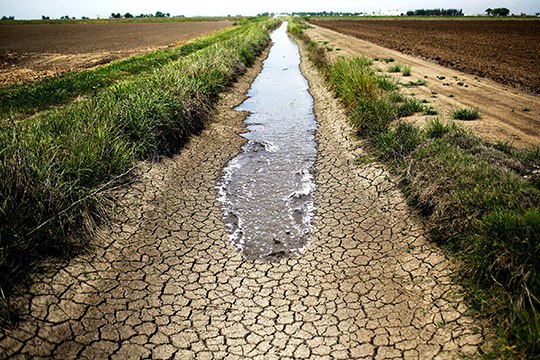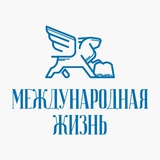group-telegram.com/interaffairs/26905
Last Update:
«С 2000 года Европейский союз пытается решать проблемы водных ресурсов, введя в действие Рамочную водную директиву (РВД), которая призвана обеспечить объемы и качество европейской воды. Однако опубликованный в октябре прошлого года очередной доклад Европейского агентства по вопросам окружающей среды (EEA) показывает, что проблема нехватки водных ресурсов в Европе усугубляется. По данным Доклада, нехватка воды ежегодно затрагивает уже пятую часть территории ЕС и почти треть его населения. Согласно данным Доклада, менее 40 процентов поверхностных вод в ЕС, таких как реки и озера, в настоящее время могут считаться чистыми. Почти 25 процентов подземных вод находятся в неудовлетворительном химическом состоянии, обеспечивая при этом, почти две трети питьевой воды. Лишь менее 30 процентов рек, озер и прибрежных вод соответствуют стандартам загрязнения, установленным РВД», - пишет в своём авторском материале политолог Андрей Кадомцев.
https://in/interaffairs.com.ru/news/show/49705
#Евросоюз #ЕС #РамочнаяВоднаяДеректива #ВодныеРесурсы #климат #засуха #ГлобальноеПотепление #СтихийныеБедствия #Европа
BY Международная Жизнь

Share with your friend now:
group-telegram.com/interaffairs/26905
